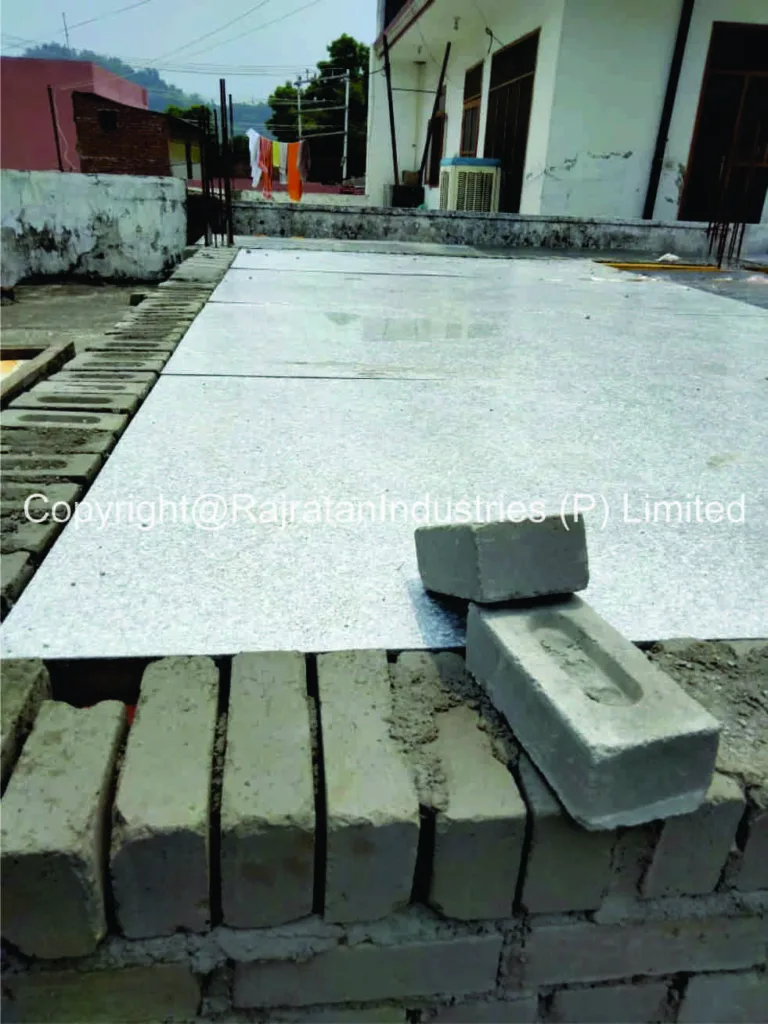
Shuttering, also known as formwork, plays a crucial role in construction. It provides a mould where concrete can be poured and allowed to harden, forming a structure. While all shuttering serves this primary purpose, there are different types used in various construction scenarios. This blog will explore these types and their applications.
1. Timber Shuttering
Timber shuttering is one of the oldest and most common types of shuttering. It’s made from wooden planks and logs and is widely used due to its affordability and ease of use. The flexibility of timber allows for customization, making it suitable for both simple and complex designs. However, it’s less durable compared to other materials and may not be ideal for heavy-duty construction projects.
2. Steel Shuttering
Steel shuttering is known for its strength and durability. It withstands heavy loads and is resistant to warping, making it perfect for large-scale construction projects. Steel shuttering is reusable, which over time can offset its initial higher cost compared to timber. It also provides a smooth finish to the concrete structure.
3. Plywood Shuttering
Plywood shuttering is a popular choice due to its balance between cost and performance. Plywood is lighter than steel, making it easier to handle, yet it’s stronger and more durable than timber. It can be used in a variety of construction projects and provides a smooth surface finish.
4. Plastic Shuttering
Plastic shuttering is a relatively new addition to the construction industry. It’s lightweight, easy to handle, and resistant to moisture, reducing the risk of concrete adherence. Plastic shuttering can be reused multiple times, contributing to its cost-effectiveness.
5. Aluminum Shuttering
Aluminum shuttering, also known as Mivan Shuttering, is a type of formwork used in high-rise construction. It’s lightweight, durable, and provides a high-quality finish. Aluminum shuttering also allows for fast construction, as it’s easy to install and dismantle.
Choosing the right type of shuttering depends on various factors such as the nature of the project, budget, and specific requirements. It’s essential to understand the advantages and limitations of each type to make an informed decision.
In conclusion, shuttering is fundamental to construction, providing the necessary support for concrete structures. The evolution of shuttering materials from timber to more durable and sustainable options like steel, plywood, plastic, and aluminum underscores the industry’s progress and commitment to quality and efficiency.
Keywords: Types of Shuttering, Timber Shuttering, Steel Shuttering, Plywood Shuttering, Plastic Shuttering, Aluminum Shuttering, Construction.